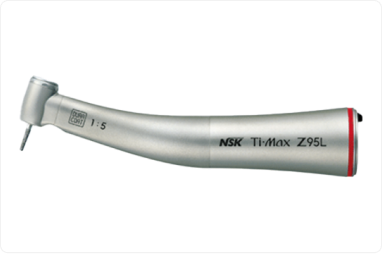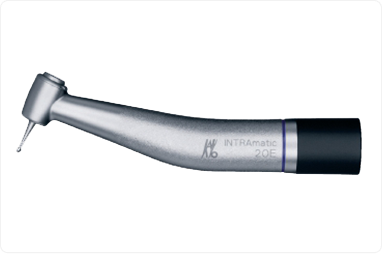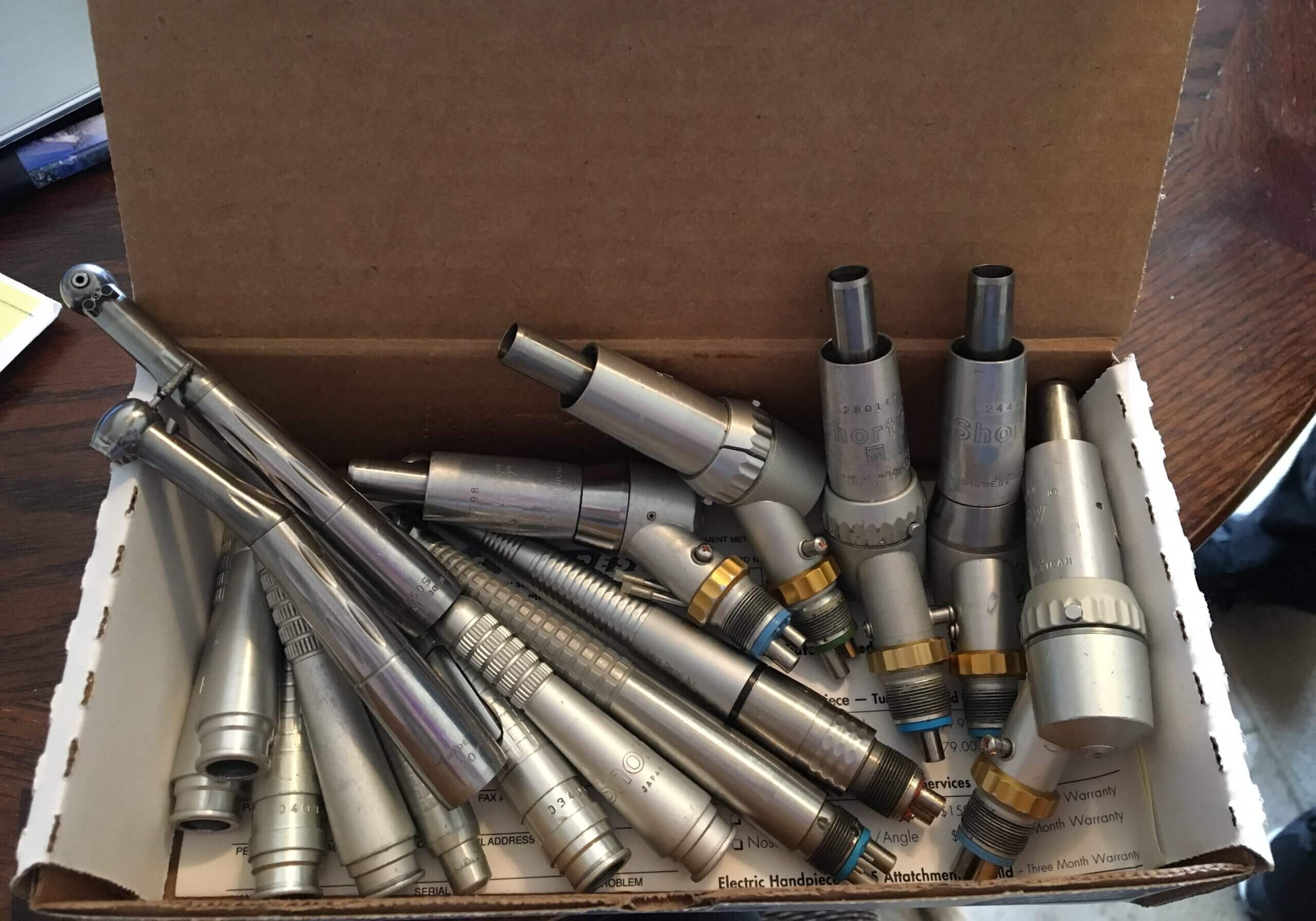When to Repair vs. Replace Your Dental Handpiece
In the bustling world of dentistry, where every second counts, your dental handpiece is akin to a knight in shining armor. This indispensable tool is at the heart of every dental procedure, from simple cleanings to complex surgeries, ensuring precision and comfort for both the dentist and the patient. But like any hero, it can face wear and tear over time. The crucial question arises: when should you repair your trusty handpiece, and when is it time to invest in a new one? This decision is more than just about cost; it’s about ensuring the best outcomes for your practice and patients.
The Crucial Role of Dental Handpieces in Modern Dentistry
Dental handpieces are indispensable in modern dentistry, serving as vital tools that enhance precision, efficiency, and overall patient care. These sophisticated instruments allow dental professionals to perform a wide range of procedures, from restorative work to intricate surgical interventions, with remarkable accuracy. The high-speed rotation and precision of handpieces significantly improve the quality of dental treatments, ensuring patient comfort and optimal outcomes. Their reliability and performance are crucial in maintaining the flow of dental practices, making it essential to keep them in excellent working condition. As dental technology continues to evolve, handpieces are becoming more advanced, incorporating features that further streamline procedures and boost efficiency.
When deciding whether to repair or replace a dental handpiece, several factors should be considered. First, assess the cost-effectiveness of each option. While repairing might be more economical in the short term, repeated repairs could eventually surpass the cost of a new handpiece. Additionally, evaluate the performance and reliability of the current handpiece. If frequent malfunctions occur, replacement might be the more prudent choice to ensure uninterrupted service. Consider also the advancements in technology; newer models may offer improved functionality, better ergonomics, and enhanced patient experience. Ultimately, the decision should balance financial considerations with the need for cutting-edge tools that support high standards of dental care, ensuring both the efficiency of the practice and the satisfaction of patients.

Spotting the Signs: When Does Your Handpiece Need Repair?
Recognizing the signs that a dental handpiece requires repair is crucial for maintaining its performance and longevity. One of the earliest indicators of potential issues is unusual noises during operation, such as grinding or excessive vibrations, which can signal internal component wear or misalignment. Additionally, a noticeable decrease in performance, such as reduced speed or cutting efficiency, suggests that the handpiece may not be functioning at its optimal level. Visible signs of wear, such as cracks or loose parts, also indicate that repairs are necessary. Regular inspections and attention to these warning signs can help dental professionals address problems before they escalate, ensuring that the handpiece remains a reliable tool in patient care.
Promptly addressing these repair needs is vital to prevent further damage and ensure the handpiece operates smoothly. Ignoring these warning signals can lead to more severe issues, potentially resulting in costly downtime or the need for complete replacement. By repairing handpieces at the first sign of trouble, dental practices can maintain a high standard of care and avoid disruptions in their workflow. This proactive approach not only preserves the functionality of the equipment but also safeguards the quality of service provided to patients. Ultimately, timely repairs contribute to the overall efficiency of dental operations, reinforcing the practice’s commitment to providing excellent care and maintaining the trust of its patients.
Weighing the Costs: Repair vs. Replacement
When deciding whether to repair or replace a dental handpiece, financial considerations play a pivotal role in the decision-making process. The cost of repairs should be carefully weighed against the potential benefits of acquiring a new handpiece. Frequent breakdowns can lead to cumulative repair expenses that might surpass the cost of a replacement over time, especially if parts are difficult to source or repairs are complex. Additionally, the age of the equipment is an important factor; older models might not only be more prone to failure but may also lack compatibility with current technology and techniques. Thus, evaluating the long-term financial impact and operational efficiency is crucial in making an informed decision.
On the other hand, investing in a new handpiece can offer significant advantages, particularly if the current equipment is outdated. Newer models often feature enhanced technology that can improve precision, efficiency, and patient comfort, which can justify the initial investment. Moreover, modern handpieces typically come with warranties and lower maintenance requirements, reducing future costs and minimizing downtime. By considering not only the upfront costs but also the potential for increased productivity and improved patient outcomes, dental practices can make a decision that aligns with both their financial constraints and their commitment to delivering high-quality care. Balancing these factors ensures that the practice remains competitive and capable of meeting the evolving demands of dental care.

Harnessing Technological Advancements in Dental Tools
In the ever-evolving world of dentistry, technological advancements in dental handpieces have revolutionized the way practitioners deliver care. Modern handpieces boast features that significantly enhance precision, efficiency, and patient comfort, making them invaluable assets in any dental practice. These cutting-edge tools often integrate advanced materials and innovative designs that reduce noise, improve ergonomics, and offer better control during procedures. As technology progresses, older handpieces may struggle to keep pace, prompting dental professionals to consider whether repairing an outdated tool is more beneficial than investing in a new, technologically superior model. The decision to replace rather than repair becomes more compelling when newer technologies promise improved outcomes and a more seamless patient experience.
When assessing whether to repair or replace a dental handpiece, the potential benefits offered by the latest technological advancements cannot be overlooked. Newer models may include features like enhanced torque, increased durability, and sophisticated cooling systems that prevent overheating during extensive use, thereby extending the lifespan of the equipment. Such innovations not only heighten operational efficiency but also contribute to higher patient satisfaction due to smoother and more comfortable procedures. By embracing these advancements, dental practices can elevate their standard of care, ensuring they remain competitive and capable of meeting modern expectations. Ultimately, leveraging state-of-the-art dental tools plays a crucial role in optimizing practice performance and enhancing the quality of treatment delivered to patients.
Ensuring Optimal Patient Care and Satisfaction
In the realm of dental care, ensuring optimal patient satisfaction hinges significantly on the reliability and efficiency of dental handpieces. These tools are fundamental to executing precise procedures, whether it’s a routine cleaning or a complex surgery. When dental handpieces are in top working condition, they contribute to smoother operations and shorter procedure times, which directly enhances the patient experience. A malfunctioning or outdated handpiece can lead to prolonged treatment durations and discomfort for patients, undermining their confidence in the care provided. Consequently, the decision to repair or replace these instruments should be guided by the overarching goal of maintaining high standards of patient care.
Maintaining or upgrading dental equipment is not just about operational efficiency but also about patient perception and satisfaction. Modern handpieces equipped with the latest technology can significantly improve the comfort and outcomes of dental procedures, fostering a more positive experience for patients. When a dental practice invests in the reliability of its tools, it sends a clear message of commitment to quality care, which can enhance patient trust and loyalty. By carefully evaluating when to repair or replace dental handpieces, practices ensure they are equipped to meet the demands of contemporary dentistry, thereby optimizing patient satisfaction and reinforcing their reputation for excellence in care delivery.

Insights from Industry Experts: Navigating the Decision-Making Process
Navigating the decision-making process for repairing or replacing dental handpieces involves weighing several crucial factors, and insights from industry experts can provide valuable guidance. Experts emphasize the importance of cost-effectiveness, encouraging dental practices to consider the long-term implications of frequent repairs versus the investment in a new model. Technological advancements in newer handpieces often offer enhanced features such as improved precision, higher speed, and better ergonomics, which can significantly impact the efficiency and quality of dental procedures. By evaluating the cost and benefits of both options, dental professionals can make informed decisions that not only meet budgetary constraints but also enhance operational efficiency.
Consulting with industry experts is pivotal in aligning decisions with the practice’s overarching goals and patient care standards. These experts can offer tailored advice based on the specific needs and usage patterns of the practice, helping to identify when a handpiece is nearing the end of its useful life or when a repair might still be viable. Additionally, expert insights can guide practitioners in understanding how the latest technologies can integrate with their existing systems to elevate patient care. Ultimately, these informed decisions ensure that dental practices maintain their reputation for excellence by providing high-quality care with the most reliable and efficient tools available. Through expert guidance, practices can navigate this complex decision-making process with confidence, ensuring optimal outcomes for both the practice and its patients.
Conclusion
Deciding whether to repair or replace your dental handpiece isn’t straightforward. By weighing the role of the handpiece, recognizing signs of wear, considering costs, and seeking handpiece repair expert advice, dental professionals can make informed choices that enhance their practice’s efficiency and patient satisfaction. Investing in the right tools is an investment in the quality of care you provide, ensuring your practice remains at the forefront of dental excellence.
https://www.google.com/maps?cid=5687140069355702096


